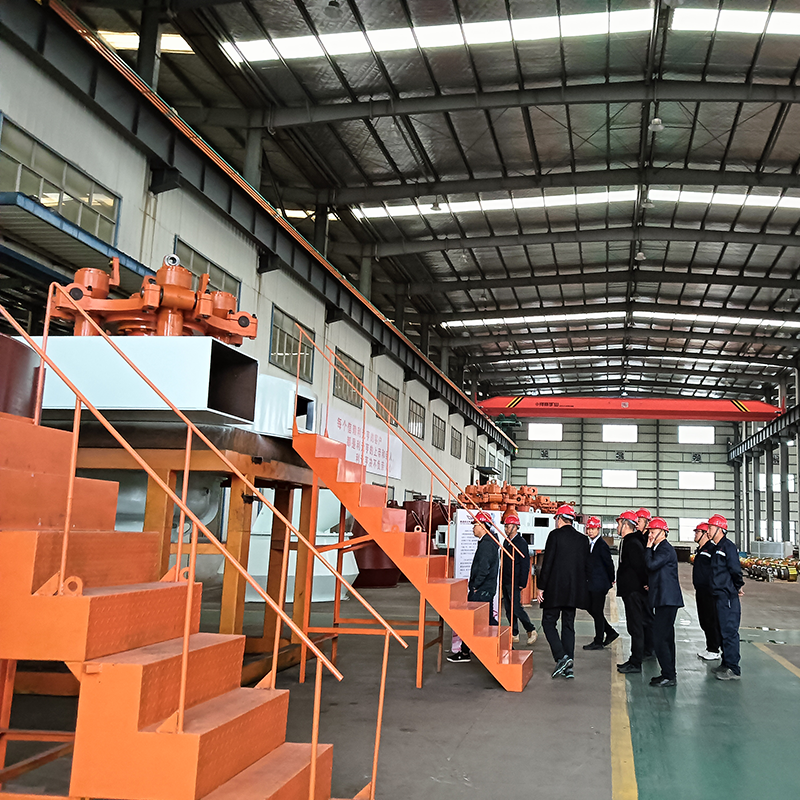In modern grinding systems, especially in energy-intensive industries like cement, metallurgy, and chemical processing, wear resistance plays a crucial role in determining operational efficiency and long-term profitability. This is particularly true for core components such as roller sleeves and linings in vertical mills. For equipment like the LYH1008 series vertical mill, engineered wear-resistant materials are not just an added advantage—they're a necessity. These components face constant abrasion, high contact pressure, and intense mechanical stress. Without the right material science behind them, downtime and maintenance costs can spiral quickly, undermining the equipment's cost-effectiveness.
What sets the LYH1008 series vertical mill apart is its use of specially selected materials for roller sleeves and lining plates that are designed for high durability under continuous load. Traditionally, components in grinding equipment suffered from short service life due to metal fatigue or surface erosion. However, today’s vertical mills use composite alloys, hardfacing techniques, and ceramic-enhanced layers to deliver exceptional wear resistance. These innovations significantly reduce replacement frequency, leading to longer maintenance intervals and improved uptime. For plant operators, this means more predictable scheduling and less unplanned disruption—a major operational win.
In most vertical mill configurations, the roller sleeve is in direct contact with the grinding material under high pressure. The LYH1008 vertical mill uses a specialized wear layer that minimizes surface degradation while preserving structural strength. This layer often includes high-chromium cast iron or advanced ceramics embedded into a steel matrix, ensuring both toughness and resistance to micro-cracking. Such combinations are the result of decades of metallurgical research aimed at solving real-world issues seen in large-scale grinding operations. The reduced surface roughness of these materials also helps to prevent material build-up, which can affect grinding efficiency.

Another significant aspect is how these wear-resistant materials contribute to product purity. In many industries—such as fillers, ceramics, and battery-grade materials—metal contamination can compromise product quality and market value. By reducing metal abrasion through superior roller and liner design, vertical mills like the LYH1008 series can produce cleaner, more consistent end-products. This is especially important when operating at fine particle sizes where surface contact between the material and equipment is intensified.
Maintenance and lifecycle costs are often overlooked during the initial equipment selection process, but they rapidly become evident during long-term operation. Fortunately, wear-resistant linings in advanced vertical mills support rapid replacement through modular designs. In the case of the LYH1008 vertical mill, the use of an intelligent boom-turning mechanism shortens downtime during liner changes, making the most of the extended lifespan these materials offer. This combination of durability and ease of maintenance translates directly into lower total cost of ownership—a compelling proposition for any efficiency-focused operation.
It’s worth noting that wear resistance is not just about the material itself, but also about the thermal treatment and manufacturing precision that go into component production. High-performance components must maintain their structural integrity even under temperature fluctuations caused by grinding heat or material feed changes. Manufacturers like us have accumulated years of hands-on experience in balancing the mechanical properties needed for strength, hardness, and thermal stability—all while maintaining tight tolerances during machining and casting.
For potential buyers comparing vertical grinding solutions, it’s not enough to look at output capacity or energy savings alone. The long-term reliability of internal components like roller sleeves and linings can make a massive difference in daily operational stability. The LYH1008 series vertical mill offers not only low power consumption and compact footprint, but also proven expertise in material engineering—a critical factor for long-term success in high-throughput environments. We design with durability in mind, because we know downtime costs more than just repair—it costs trust and productivity.
In short, choosing the right vertical mill is about understanding the details that matter over time. While the LYH1008 series vertical mill brings clear benefits in terms of energy savings and space efficiency, its wear-resistant components are what truly unlock its potential in demanding applications. For any enterprise aiming for sustainable output and lower maintenance stress, a closer look at the materials behind the machine might just reveal the smartest investment decision.

 English
English 中文简体
中文简体 русский
русский Français
Français Español
Español عربى
عربى
